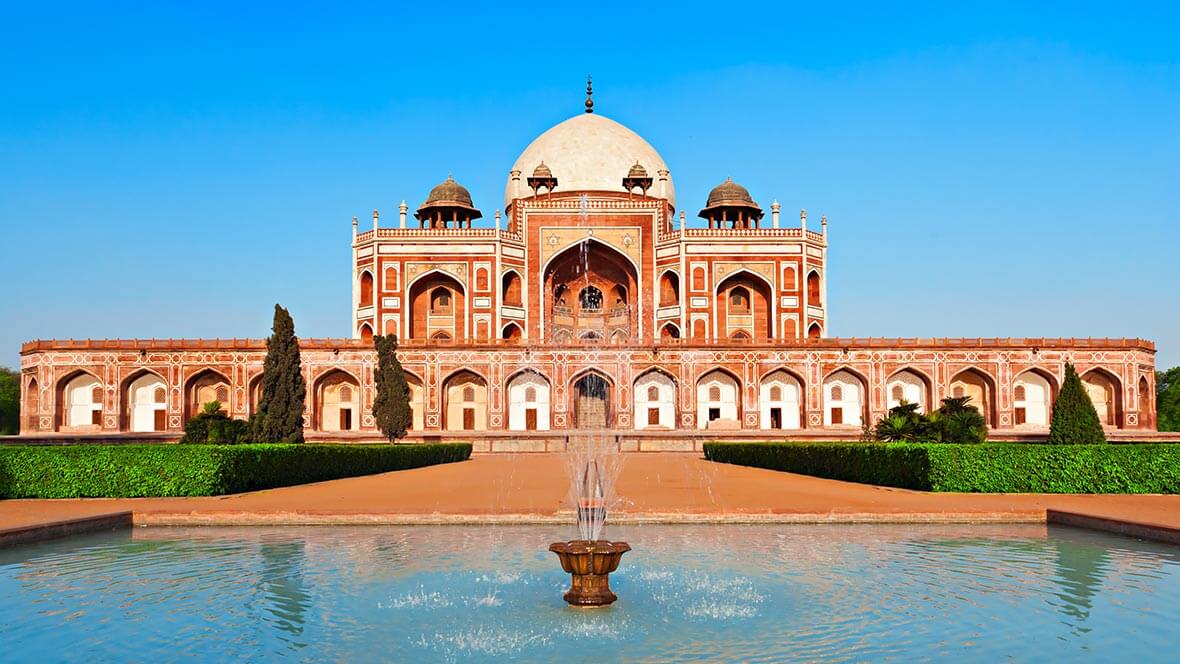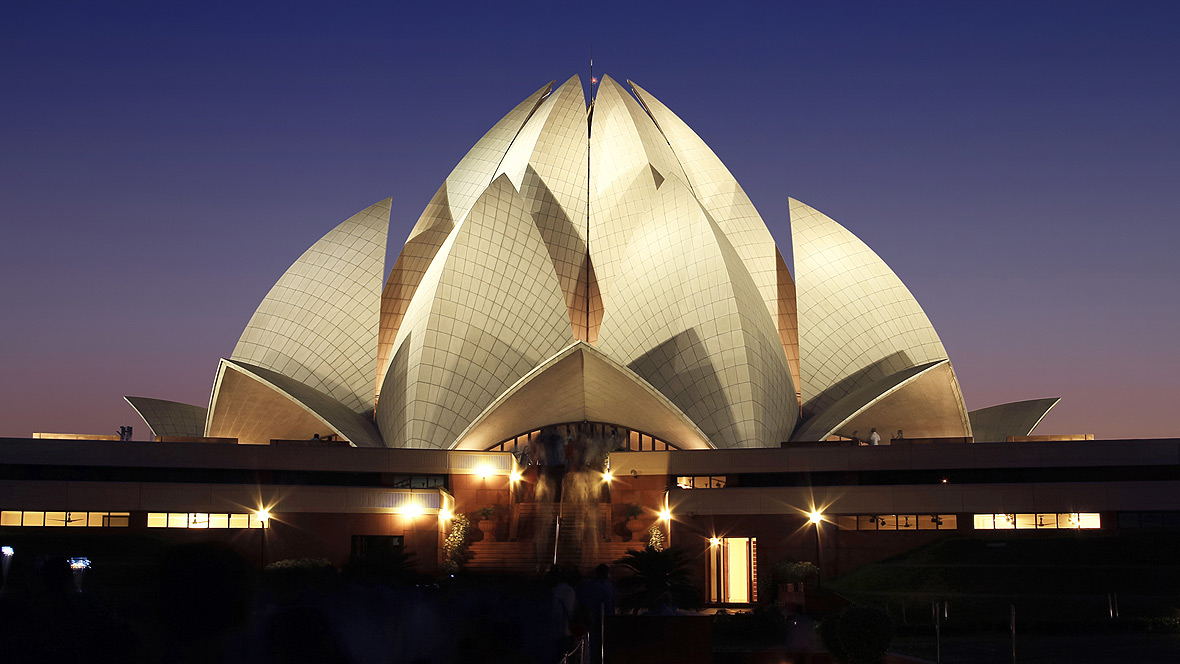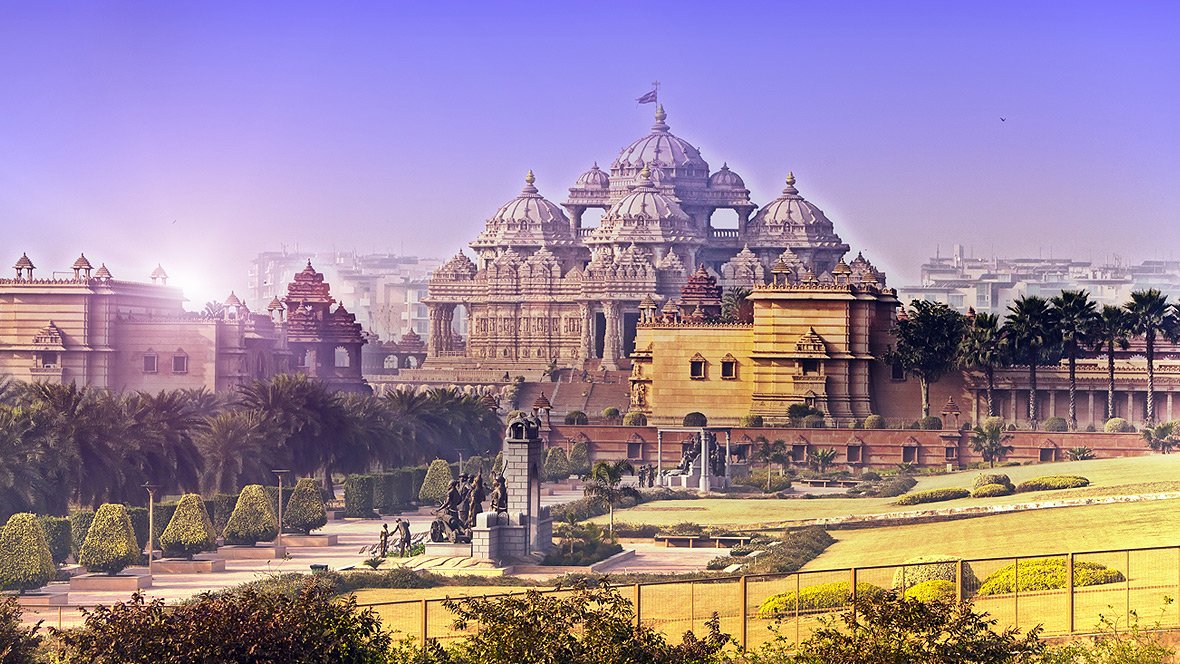Destination Information
Take off on an exciting trip with Asiana Airlines!
India’s capital and the starting point of travel in northern India, Delhi was built from Indraprastha, an old kingdom of legends that is said to have existed in 3 BC. Mughal Empero... Learn more
-
Electrical Outlet 230V
-
Currency ₹(INR)
Information on the most vivid destinations and restaurants from fellow travelers on Tripadvisor!
All
View only destinations
View only restaurants
Select Travel Destination
Destination
- Guangzhou CAN
- Nagoya NGO
- Nanjing NKG
- Dalian DLC
- Tokyo TYO
- Miyazaki KMI
- Beijing PEK
- Sapporo (Chitose) CTS
- Shanghai SHA
- Shenyang SHE
- Sendai SDJ
- Xian XIY
- Yanji YNJ
- Yantai YNT
- Osaka OSA
- Okinawa OKA
- Weihai WEH
- Changchun CGQ
- Chengdu TFU
- Qingdao TAO
- Taipei TPE
- Tianjin TSN
- Harbin HRB
- Hangzhou HGH
- Hong Kong HKG
- Fukuoka FUK
Destination
Destination
Destination
City Description
Delhi, India’s capital and the starting point of your trip

India’s capital and the starting point of travel in northern India, Delhi was built from Indraprastha, an old kingdom of legends that is said to have existed in 3 BC. Mughal Emperor Shah Jahan moved the capital Agra to Shajahanabad, the present day Old Delhi, and Delhi has grown to become the city that rules all of India. Following the Mughal Empire, India experienced a period of turbulence when British rule moved the administration to Colcatta and the economic center to Mumbai. But in the beginning of the 20th century, with the Indian independence movement that began in Colcatta, Delhi found its way back as the center of politics and administration.
Travel Tip
- Auto rickshaw & taxi: Taxis have meters, but they are no use for foreigners. It is always better to state your destination first and negotiate a deal. I17
The summer season lasts from April to September, while July to August is a wet season.
The temperature during the summer season averages between 45-50 degrees, and July to August is particularly difficult due to humid heat.
From October to March of the following year is winter and the temperature drops to 5-15 degrees and is frequently foggy.
Suggested Itinerary
* You can download the suggested itinerary in PDF.
Day 1
It is a memorial hall that commemorates India’s father of the nation, Mahatma Gandhi. It is filled with pictures of Gandhi from his childhood to his death, news articles, and materials on figures who joined Gandhi in the Indian Independence Movement.
It was a crematorium where Mahatma Gandhi was cremated, and now it is a memorial park. Locals go there to see the excellent landscape and feel rested.
It is a royal palace built by Shah Jahan, a Mughal emperor. Apart from serving as a royal palace, it also serves combat purposes, like the sharp curve and moat to protect against war elephants.
It is Shah Jahan’s final masterpiece and the largest of Indian mosques, accommodating 25,000 people. You can climb the 40 m high minaret and enjoy the view of Old Delhi.
Stepano College is an old-fashioned architecture where the brightest minds in India attend.
An asylum for Tibetans who fled China, it is an interesting place for those who are interested in Tibetan Buddhism or culture.
Day 2
There are modern buildings centered around a circular plaza also used as a park. It was built by Russell, the governor of India who planned the construction for the purpose of building a new city to replace Old Delhi. It is full of institutions for shopping, dining, currency exchange, and banks.
This must-visit museum, composed of three floors, exhibits relics from the dynasty period.
This makeshift market is composed of flower markets, spice markets, silver markets, and thieve markets. It is either loved or hated as you may experience India’s typical complex and disorderly nature.
Day 3
It is a cenotaph of Indian soldiers who participated in World War I. It is 42 meters high and has the names of 85,000 victims of war carved inside and outside of the wall.
A castle of the last sultanate and famous as the secret spot for Indian couples, it is preferred by tourists seeking quiet and secluded historical sites.
In Agra there is the Taj Mahal, and in Delhi there is the Humayun’s Tomb. It is the tomb of Humayun, the second emperor of the Mughul Empire, and was built by his wife Haji Begum.
These are Qutub Minar, a monumental pagoda and a UNESCO World Heritage site built to show the power of Islam, and the Quwwat-ul-Islam Mosque, the first mosque in Kuwait.
여행지 영상
유명 관광지의 아름다운 풍경부터 구석구석 작은 골목길까지 아시아나항공과 함께 여행지의 다양한 모습을 영상으로 만나보세요(360˚ VR영상은 크롬 브라우저에서 시청 가능합니다.)








